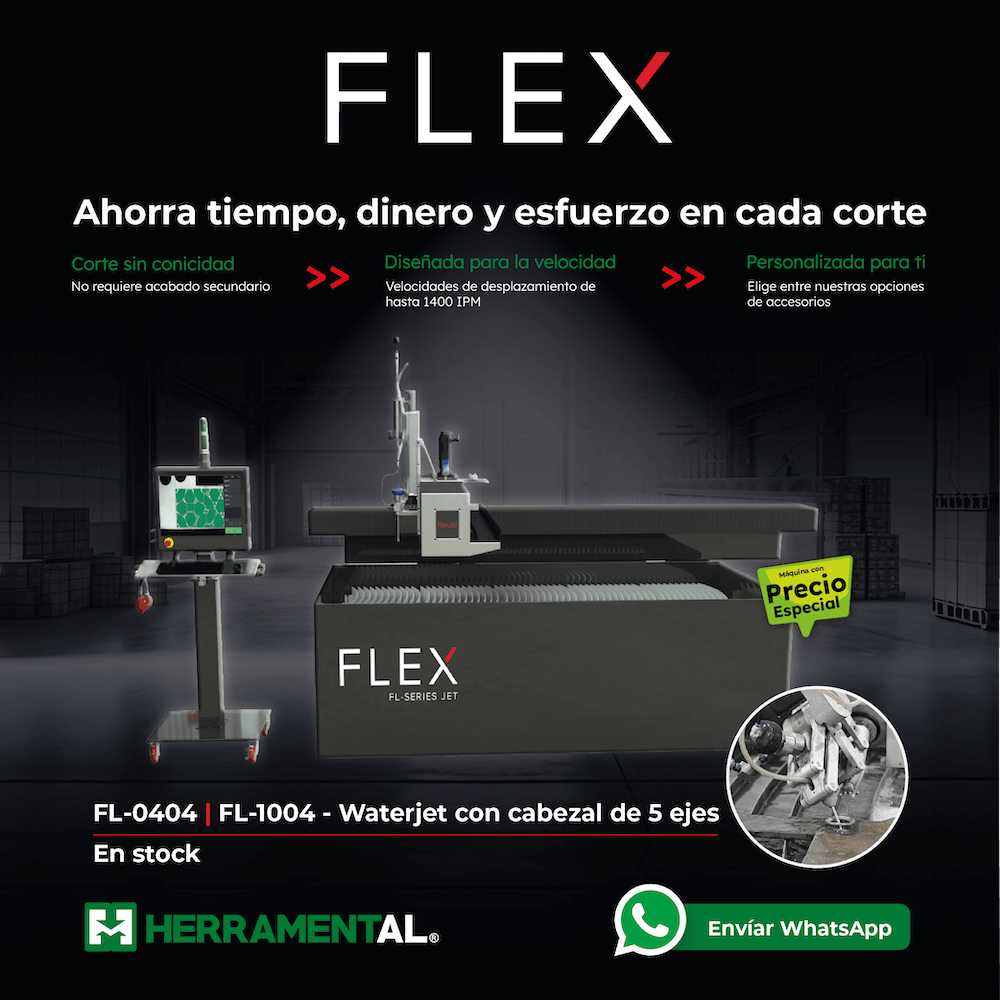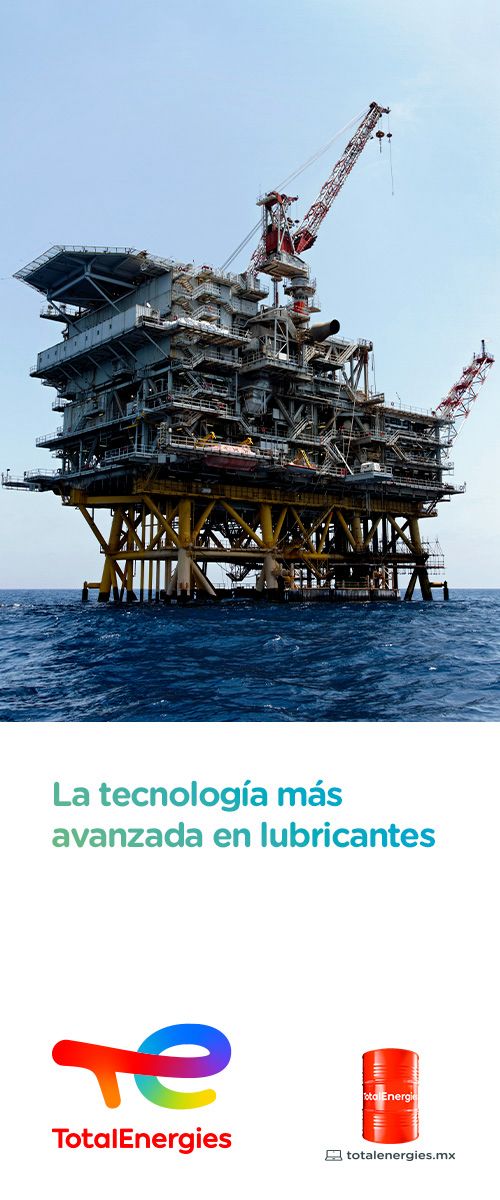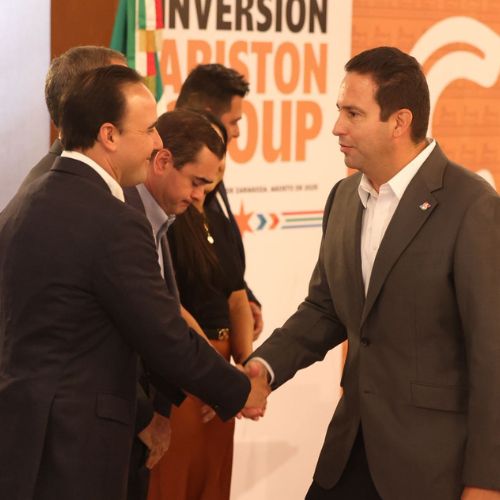DRY PORTS: A LOGISTIC TRENDS
Inland Ports Excel at streamlining distribution patterns, transportation and the supply chain
Ivonne Lara and Marlen González
In Mexico today, logistics is considered crucial for promoting business. Aware of this fact, in recent years, executives and others involved in making business decisions have directed their efforts so as to streamline their distribution patterns, transportation, and supply or value chain.
Consequently, it has become necessary in some localities to develop opportunities that work with logistic evolution to bring together everything required to conduct an orderly and collaborative supply chain.
Today, Mexico is made up of many maritime ports that help import and export goods, such as Lázaro Cárdenas, Manzanillo, Altamira, Veracruz, Ensenada, Puerto Vallarta and Cozumel. For several years, these maritime ports have been joined by some interior ports installed in various inland cities.
Such is the case of the Guanajuato and San Luis Potosí Interior Ports, which are noted for their concentration of services and the benefits that they offer by expediting each state’s logistics.
Nowadays, Monterrey has also joined the ranks of the localities that are concerned about and strive to provide the industry with a platform to help the logistics chain. Several months ago, the creation of the Monterrey Interport was announced, a project which started after regional businessmen became worried about facilitating not only the trade of merchandise and but also its safe and expeditious movement.
The Monterrey project can be considered a logistics mall, since it is part of several industries, including commercial, personal, services, and maquila that, in the end, are brought together in time and movements in an interior port.
The idea of having an interior port in Monterrey began with the interest of enterprising private investors, such as the MK Logística company and DIPESA, who purchased 1250 hectares of land.
This Interport will be installed in the Salinas Victoria municipality in Nuevo Leon, where it will be connected to a new four-lane highway that will give it the free access and speed necessary so that the merchandise can avoid any setbacks and head straight to the border. It will also have access to railway roads.
The aforementioned development envisages five stages in several modules. The first is the strategic bonded warehouse and industrial registry so that, unlike in other industrial parks, companies can be installed with this added value.
“The first stage would start operations in mid-2011, although we already have land movement, as well as services through which we can market the area,” said Hugo González, the Monterrey Interport’s Director of Development and Government Relations and its Commercial Director. A total of 2 billion dollars will be invested in the Interport during the five stages of the logistics mall, for railway connections, customs offices, hotels, restaurants, offices, and other opportunities custom-made for company growth. And, with all of these investments, over 50 thousand jobs will be created directly or indirectly.
The industrial zone will have room for different types of factories (maquilas), not only automotive and aerospace, but also the food industry, grain, steel, and coal. Additional it will offer first-class machinery for storing finished products.
The project also involves an automotive terminal, which will feature cutting-edge facilities and systems able to store up to 6,800 vehicles at the same time.
And, to meet the needs of businesses in the region, the project will also include a Liquid Terminal, which will have a capacity of 50,000 cubic meters.
Besides this, the Monterrey Interport will offer the whole industry a bulk storage yard with a capacity of up to 300,000 tons per month.
Likewise, it will consist of an industrial park which will offer rail, road, or air access, depending on the need.
The dry port’s infrastructure will include the following: industrial buildings, warehouses, and distribution centers, all of which will be managed by the Monterrey Interport company itself.
"The Monterrey Interport will revolutionize the country's international trade, since the merchandise, inputs, and national or nationalized foreign products will enter a handling zone. Likewise, the goods will be stored, processed, preserved, displayed, distributed, prepared, repaired or converted while inside the country, providing great financial, tariff, and tax benefits. And all of these benefits will come thanks to the strategic bonded warehouse that the Monterrey Interport will have,” said Gonzalez. He noted that the port has the same operations as seaports, with the only difference being that it is inside a city, so that – instead of ships – the platform will have dispatches for containers and railroad tracks for distribution.
Currently, the development already has some infrastructure, such as paved areas and also an automotive company operating in the area.
A port with a history
The Guanajuato Interior Port was created to meet Guanajuato’s logistic infrastructure and global manufacturing needs, as well as to provide strong competition for attracting direct investment to the state.
Located within the Silao municipality’s state country property (fundo legal), on the Panamerican Highway and only eight kilometers from Leon and Silao’s urban zones, the Guanajuato Inland Port has meant a public and private investment in excess of $200 million for the State.
The Interport’s total area measures 1150 hectares.
The planning and acquisition of land reserves for the port began in the early 2000s. However, it was not until 2006 when the port’s development started to be promoted consistently and its completion was accelerated.
The first stage was built from 2006 to 2008. And recently, in early 2010, construction began on the second stage, which should be completed in 2012.
Jorge Arturo Acevedo Alarid, the Interport’s CEO, noted that the main function of having such an area is to provide the industrial sector with an appropriate business space and environment so that companies can develop competitive manufacturing and logistics activities.
"The Guanajuato Interior Port is a site that offers not only logistics but also air, road and rail communication infrastructure – all in one place. Additionally, it has its own customs office, strategic bonded warehouse, and business park. All of this infrastructure becomes especially attractive when it is offered together with the option for industrial and logistics companies to set up their operations right there, in an industrial park,” said Acevedo, who added that the Interport has stimulated national and foreign investment in Guanajuato since 2008.
The Port is comprised of the National Industrial Park, meant to establish both national and foreign companies from all economic sectors. Among its other benefits, it also offers an adjoining interior customs office, intermodal ease in the different means of transport, and the development of logistics solutions and a skilled workforce of logistics providers, customs brokers, and freight workers.
"With this development, we facilitate the business development of national and international companies by expanding their access to logistics services, making them more competitive, and contributing to their economic development," said Acevedo. All of this is done in a park with a total area of 196 hectares.
For those companies that carry out manufacturing or transformational processes with imported materials, but whose products are sent abroad, the GIP (in Spanish, GPI) has a Strategic Bonded Warehouse, better known as a Free Trade Zone, which provides support for global manufacturing and international trade operations. The bonded warehouse allows foreign, national, and nationalized merchandise to be handled, stored, held in custody, exhibited, sold, distributed, produced, or repaired for up to two years. It also has special tax advantages. For example, it allows raw materials and inputs from anywhere in the world to be incorporated into industrial processes and sent out as a finished product without needing to pay international trade taxes, countervailing duties, or value added tax, among many other benefits.
The GIP interior office is constructed on a 31-hectare area.
In order to improve the exchange between the motor carrier (trucking) and railroad systems so as to reduce operating costs, improve final customary delivery time, and increase the level of safety of goods and customer service, Ferromex developed an Intermodal Railway Terminal, which is located in an area of 40 hectares.
In its initial stage, the terminal consists of two 1,500-meter railway lines added to the pre-existing line (the North Pacific line between Mexico City and Juárez City-El Paso), two freight yards, a parking lot for storing containers, and a repair and cleaning area for containers and chassis.
It should be noted that Ferromex’s market projections indicate volumes of 1,500 of containers per month during the first year of operation and at least 2,500 containers a month during the second year.
A module that complements the one mentioned above, since it gives the Interior Port user the option to move urgent or sensitive merchandise shipments by air, is the Guanajuato International Airport, which is the base of the air logistics platform.
Currently, the airport moves an average of 20,000 tons of commercial cargo annually.
Acevedo said that, since May of 2006, the Port has registered about 2000 transactions per month in customs and, in its first two years of operation (i.e. from 2008 to 2010), the Guanajuato Interior Port has succeeded in attracting more than twenty national and international companies.
Today, logistics companies like Flexi, Emyco, Farmacias Isseg, Logis, Teco Westinghouse, Acero Sueco Palme, Italmoda, Calzado Coqueta, and SEMaterials are located in the dry port, along with manufacturing companies such as Volkswagen, Pirelli, Hino Motors (Toyota), Faurecia, Guala, Mailhot, Samot, Hiroshima Aluminum, Sovere, Softer, and L & W Engineering, among others.
Logistical services all in one place
Located just 4 kilometers west of the NAFTA Mexico-Laredo highway and 20 kilometers south of downtown San Luis Potosí, the San Luis Potosí Logistics Park Interport boasts an area of 600 hectares, of which 280 hectares within the park already have infrastructure, including the bonded warehouse and 23% of the Intermodal Terminal.
This Interior Port began operations in 2001 as a unique project with an excellent location. San Luis Potosí is a strategic point of liaison for the distribution and marketing not only of goods within Mexico, but also for different goods imported and exported from abroad.
Several processes were needed to create the Interport. The first step was the interior customs office in 2000, then the Mexican Intermodal Terminal in 2001, the Industrial Park in 2006, and later the Bonded Warehouse in 2008, which was the first to start operations in Mexico.
The industrial park has innumerable advantages because it is the first and only free trade zone of its kind and already has two years of operation under its belt. Additionally, it features a domestic zone for companies whose foreign trade is low or nonexistent, plus an entire infrastructure within the park, like the NFPA fire protection system, Factory Mutual, closed circuit television, high security, natural gas, drinking water, and two water treatment plants.
For its part, the Intermodal Terminal is undoubtedly one of the best options for local companies, as the train makes sense for long distances and makes transferring goods both safer and more economical. Moreover, it offers an interior customs office, which takes less time in delivering goods to ports and borders.
The interport offers intermodal service that takes containers coming from ports or borders and divides them into three forms.
"Our expectations for this year are to continue with direct foreign investment, to grow in the intermodal terminal, and to promote new logistical tools and partnerships that will translate into better processes and more competitive prices,” said the Interport’s Esteban Puente. The port has different functions, such as receiving goods from Asia, adding value to them within the free trade zone in order to import them or return them abroad later. Furthermore, the port uses the NAFTA rail corridor (Lázaro Cárdenas-Laredo) for all goods coming from Asia and heading to the east coast of the U.S.A.
Today, the Interport is home to 16 companies within the park, of which most are from the automotive industry and come from different countries such as Germany, Japan, France, Switzerland, Sweden and Korea.
"Within the bonded warehouse, we have 2 logistics companies. One of them is Central Star Logistics, which offers storage and distribution for operating under the bonded warehouse, and the other is ABB, a Swiss-Swedish company," said Puente. He noted that the world’s largest carrier company, JB Hunt, is already operating with an input hub to the center of the country, as well as other companies like Pacer and Schneider.
He stressed that, for the state of San Luis Potosi, having the Interport is very important because it has a customs office, as well as offers services to the entire industrial zone. Its radius of influence is from 200 to 400 km.
Puente said that included among the advantages that companies gain by being located near the Interport are reduced customs clearance times, simplified procedures, reduced loading, unloading and revision maneuvers with the NAFTA railroad connection operated by KCSM, improved cash flow, savings with inverted tariffs, deferred tax payments for imports and none for exports, lower presence of customs agents, and non-payment of VAT on sales within the Strategic Bonded Warehouse.
"We are a project of 100% private capital and, despite the global crisis, the Interport increased the annual number by an average of 150,000 TEU's," said Puente.
Why it pays to be located in an Interior Port
"Normally, the products that we consume in Mexico are imported and cost between 25 and 30 percent more due to logistic movements. [With interior ports] we as companies can save between 10% or 12% of that cost,” explained González as to why it is so helpful for a company to settle in Dry Interior Ports.
"Some of the differences that stand out when comparing the Monterrey Interport with maritime ports are the added values that it offers as a customs office, strategic bonded warehouse, connection to other railway lines and to new highways. All of the above makes it a marked improvement because of its first-world facilities, customs offices, imports and exports, as well as its process," said the manager.
He added, "The Monterrey Interport is needed in a leading industrial city like Monterrey; it’s is already a requirement. We have to be more effective, to report in record time, but, above all, to keep our merchandise safe when we are moving it.”














































































































































































